
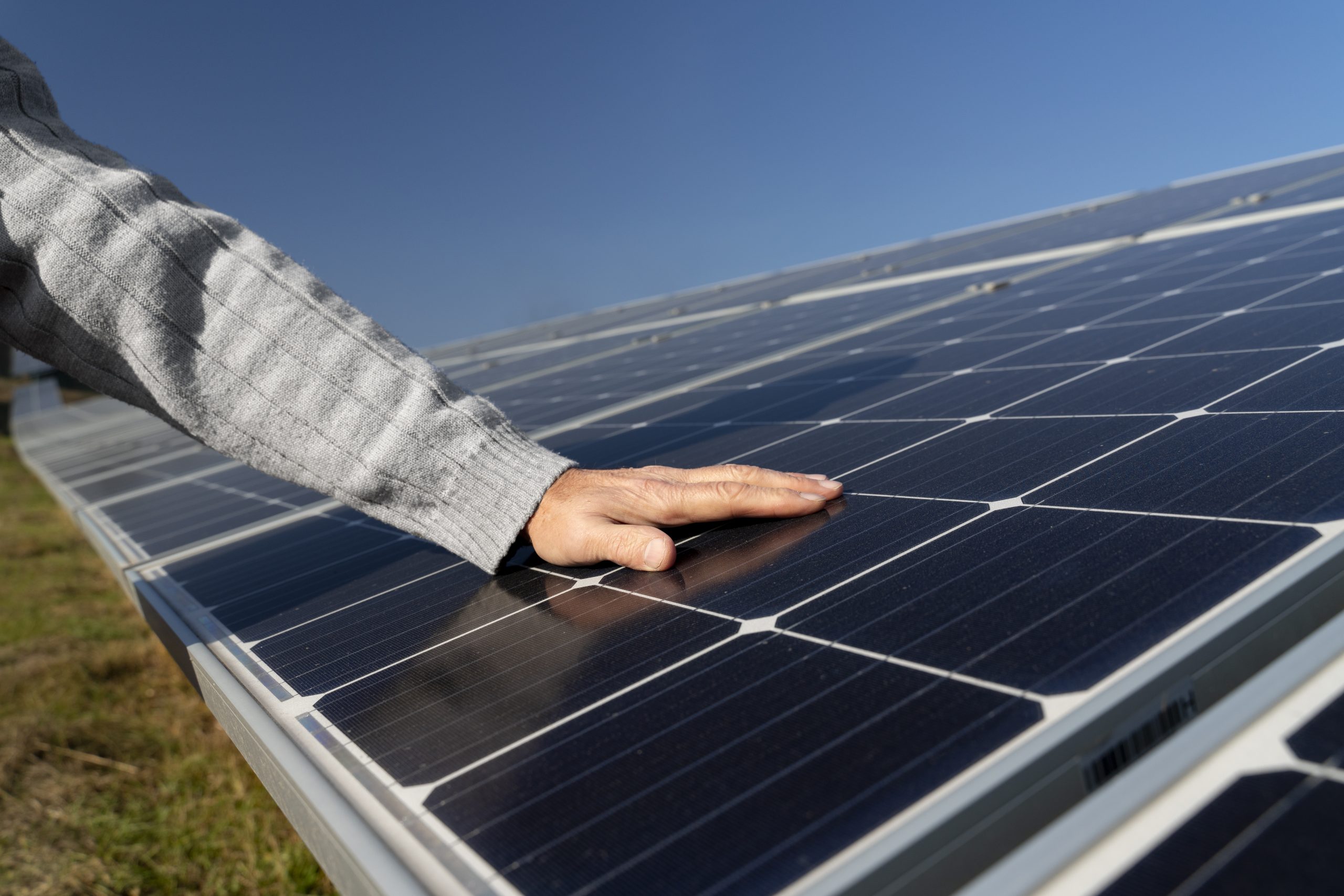


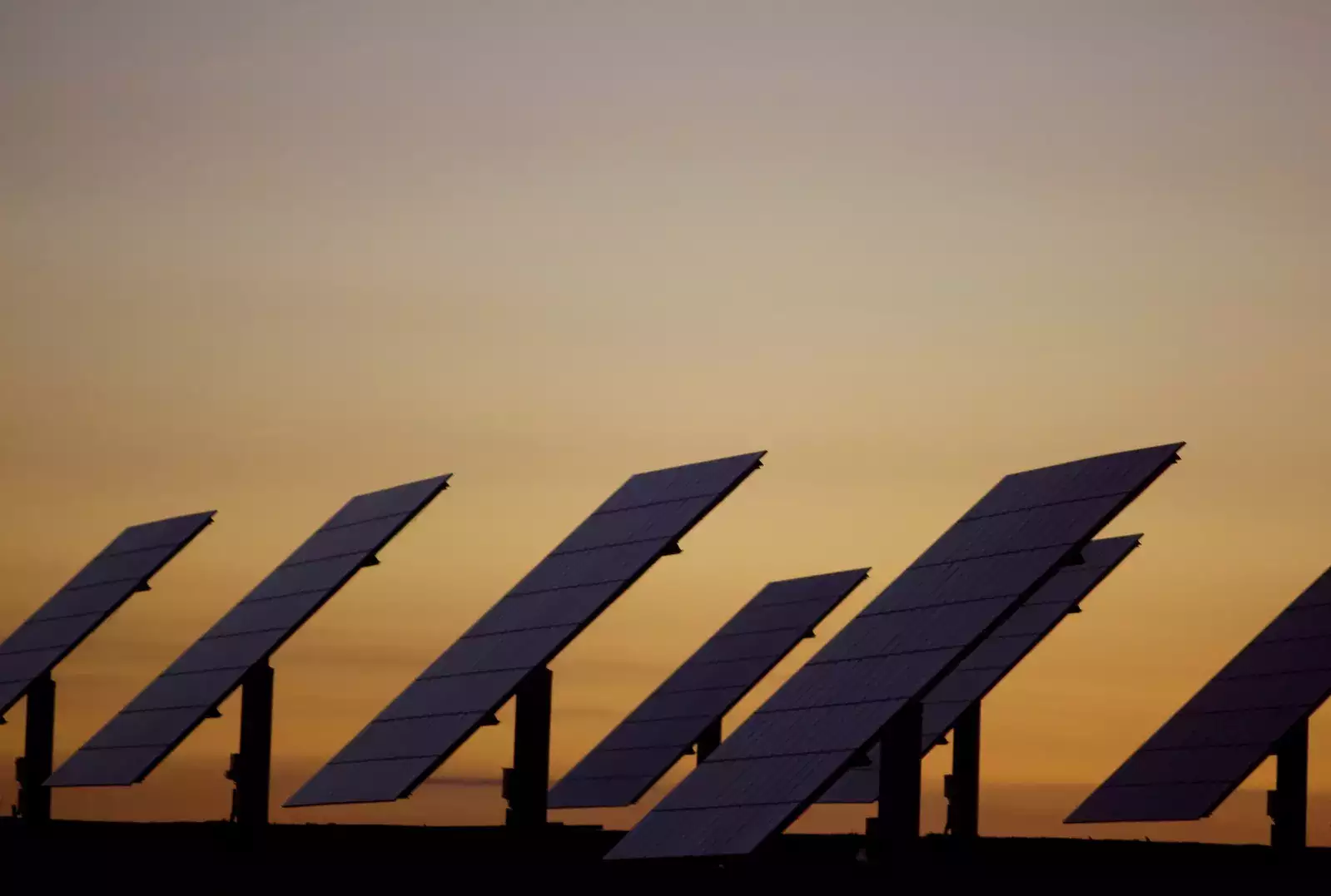
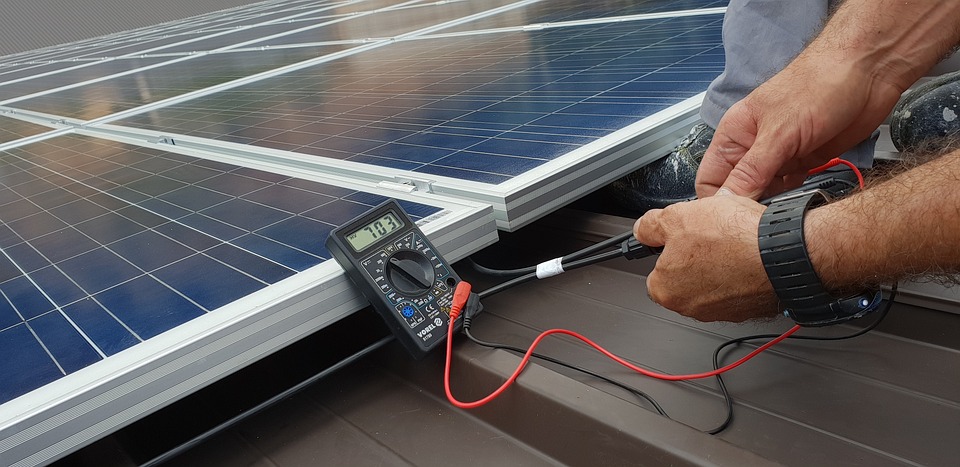
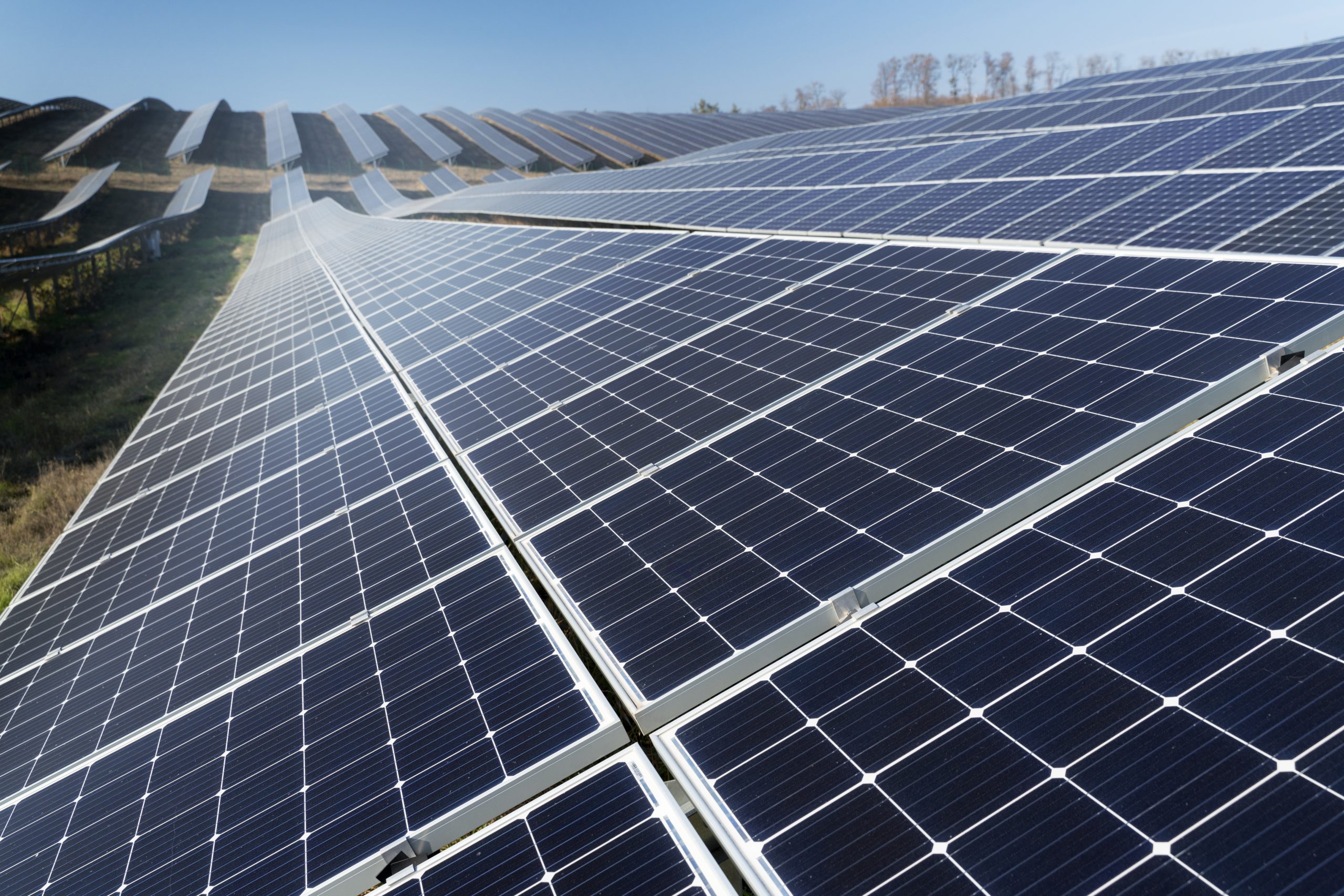
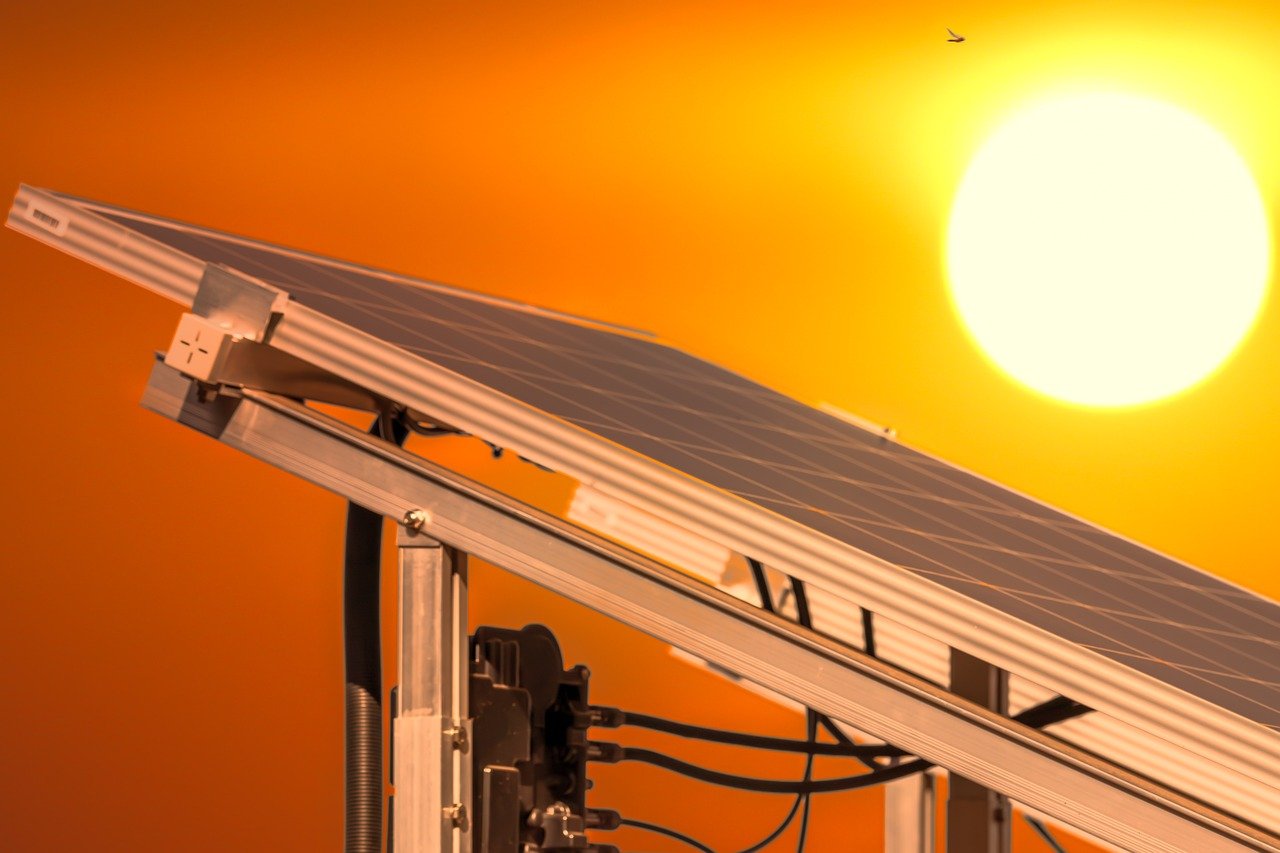

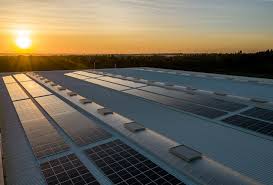
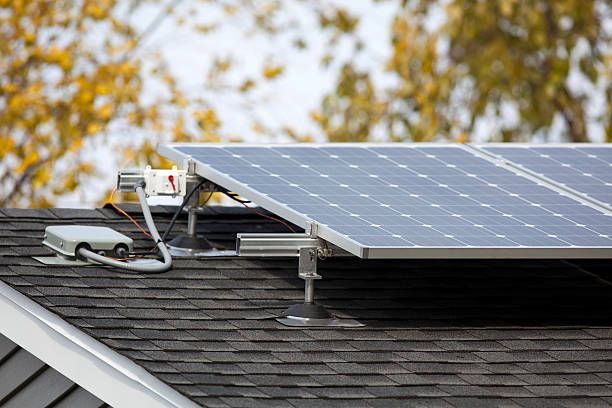
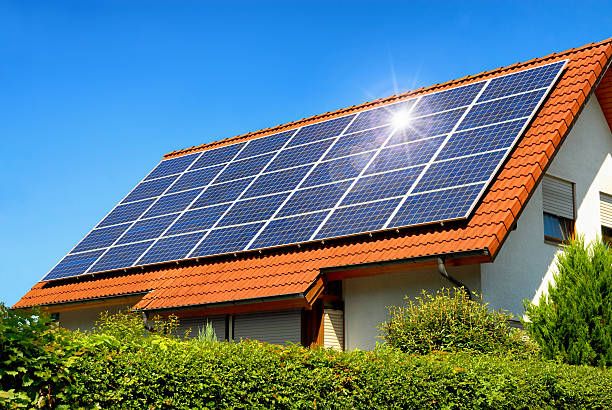
The solar PV market in India has seen a meteoric rise. The year 2016-17 has seen a double capacity addition (figure 1) and it is expected that India would add close to 10 GW in 2017-18 an approximate of 130% year on year rise. With such capacity addition and the country’s target of 100 GW by 2022, it is clear that solar energy shall play an important role in country’s energy mix. A typical solar energy power plant would expect ideal conditions such as clear weather and a sunny day to produce a smooth power output (figure 2). However due to diverse weather conditionsin our country the consumer can expect variations in power output from solar panels. While there are many presentable variations, this article aims to educate its readers on effects of overcast or cloud cover on power output of solar modules.

Figure 1: Cumulative capacity addition of Solar PV (Source: MNRE and Mercom capitals)

Figure 2: A standard solar generation curve (Source: SLDC, Gujarat)
In country like India cloud covers are seen normally during rainy seasons and sometimes during winter. While the ideal solar power generation curve is smooth (figure 2), during an overcast or cloudy day the generation from the solar plantwould be affected. This depends primarily on the size of the cloud which is covering the solar plant. It may be reduced by 25-30% (in case of partial cloud cover) or by 70-85% of the ideal power output (in case of full cloud cover). Such decrease can be attributed to the blocking of direct irradiance by cloud cover. However the module is still able to receive diffused light from the atmosphere which is capable of producing power.
The figure 3 below shows the solar generation curve of a typical day during cloud cover. During the early mornings, when the sun is rising from the horizon, the generation from the solar plant is low due to less direct irradiance. However as the sun climbs up the cloud cover may have an increased negative effect due to more blockage of direct irradiance. Additionally considering that the clouds are overhead for the entire day, the morning and evening generation would remain unaffected. However the generation would be affected in during noon as the overhead cloud would block the sun’s rays.The consideration for solar generation is on yearly basis and few days (around 50 in India) of low power generation may not adversely affect the annual generation of plant. Additionally (sometimes) the edge of the cloud may be able to magnify the solar irradiance falling on the solar module leading to boost in solar power. This is known as “edge of the cloud” effect.
<!–
 |
 |
| 2 : Accumulation of salts on solar module (left) & combiner box (on right) | |
–>

Figure 3: Solar generation curve during overcast (Source: Waaree Energies)
The current design of solar plant uses a central or a string inverter. A single module when partially shaded would produce a reduced power output. By laws of electricity other modules connected in series with the partially shaded module would generate the same amount of reduced power. This would lead to a reduced power output from the entire string of the modules. Typically a reduction of 20 to 80% in power output may be experienced. An alternative to this would be using micro inverters. They are connected individually to each module which would convert the variable DC power to AC power that is grid compatible. A major advantage of micro inverter is that the power output of the entire plant is not compromised when there is a cloud cover (or even crack) on a single module (figure 4). This could lead to potential savings when the plant lifetime (i.e. 25 years) is considered. Additionally, this also leads to potential savings in interconnection cost as there is no DC wiring, DC combiner box and the wiring in AC side is significantly reduced.

Figure 4: Comparison of power output between central inverter and micro inverter (Source: Google images)
Waaree Energies had recently announced its partnership with one of the leading micro inverter manufacturer Enphase Energy to bringAC powered modules to Indian market while maintaining its top notch quality. We had recently launched our AC modules at Intersolar Mumbai – 2017 where it had got excellent response from the attendees. We would continue this innovative drive to deliver the best of class products and service to our consumers.
Let us all pledge to make solar energy the primary source of energy in the near future.
RAHE ROSHAN HAMARA NATION